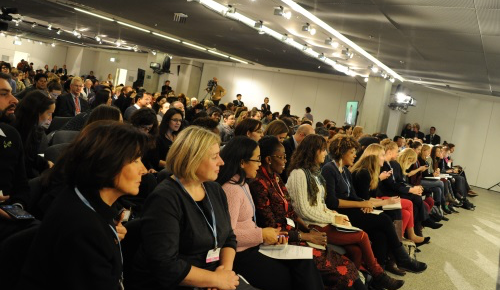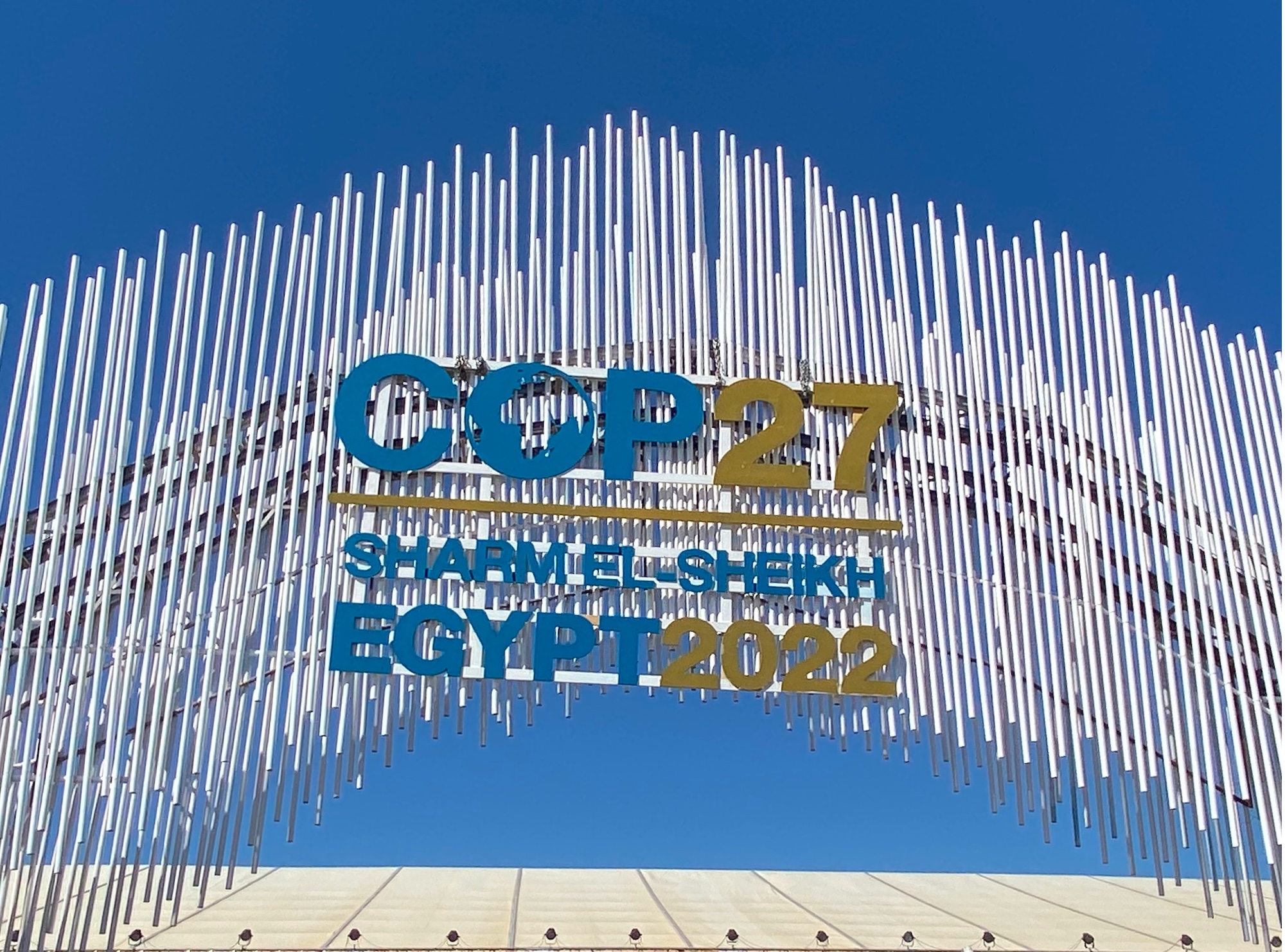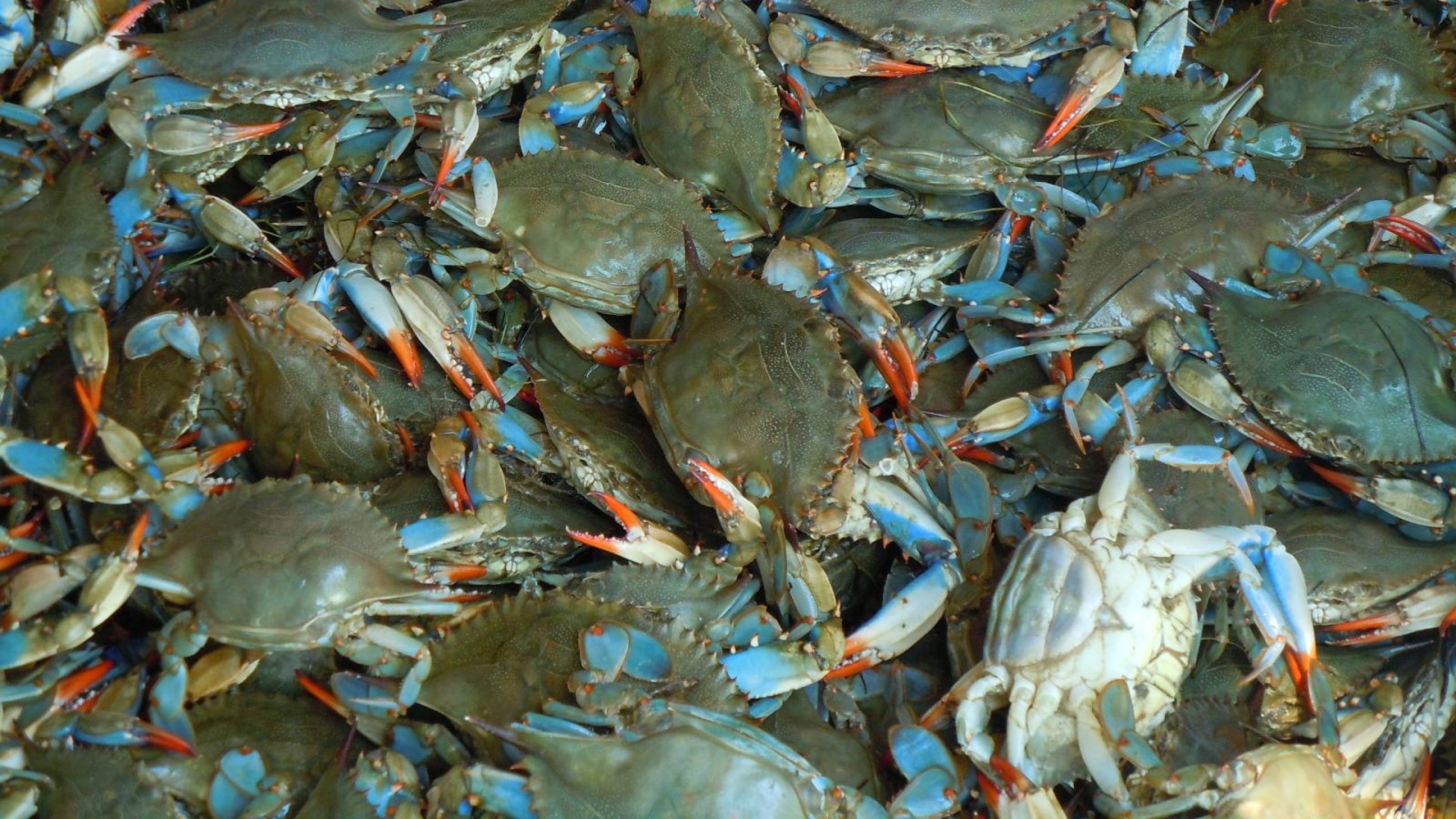Imagine an apple. It grows in an apple orchard looked after by a farmer, in suitable meteorological conditions. It is farmed to be sold and reach its end use: to feed people. But it will have to overcome many obstacles during its journey towards a dining table, and it could even end up not being eaten, as happens to nearly one third of food produced worldwide. It could belong to the 14 percent of food produced that – in terms of economic value – is lost through on-farm activities, storage and transportation; or it could be wasted at the retail and consumption levels.
The Sustainable Development Goal 12 of the 2030 Agenda is to ensure sustainable consumption and production patterns, and target 12.3 calls for halving per capita global food waste at the retail and consumer levels and reduce food losses along production and supply chains. The new FAO flagship publication The State of Food and Agriculture 2019. Moving forward on food loss and waste reduction presents the latest estimates of how much, where, why, and which food is lost or wasted globally. Information provided will help draw up strategies for addressing this issue, which represents one of the important challenges of the future, capable of influencing the fulfilment of many other SDGs, in particular those related to food security, nutrition and environmental sustainability.
Food loss
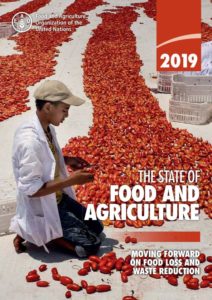 The Food Loss Index, calculated by FAO, is one of the indicators set to measure progress towards SDG target 12.3. Food loss refers to the first part of the supply chain, from post-harvest up to (but not including) retail.
The Food Loss Index, calculated by FAO, is one of the indicators set to measure progress towards SDG target 12.3. Food loss refers to the first part of the supply chain, from post-harvest up to (but not including) retail.
As highlighted by the report The State of Food and Agriculture, several causes contribute to loss of 14% of the food produced worldwide. At the farm level, possible causes of food loss are unsuitable harvest timing, unexpected harsh climatic conditions and environment, harvest and handling practices, infrastructure and marketing challenges. Our apple, for example, could be picked from the tree too early or too late, could be the victim of extreme events that are exacerbated by climate change, or of insect and pest infestations. It could be damaged during the harvest or could even not be picked or sold if the market price is too low. Later, it could be damaged by insufficient storage facilities or during its transportation to the retail, due to inefficient trade logistics or to malfunctions and human errors. Processing and packaging are other causes of loss for several foods.
Food waste
Estimates for the Food Waste Index, the other indicator for SDG 12.3 with which UNEP will calculate food waste in the downstream supply chain, are forthcoming. They will probably equal or slightly overtake estimated losses, as the latest estimates of the total amount of food loss and waste are about 30 percent (FAO, 2011).
Our apple, which survived to the first part of the supply chain, could still be wasted at the retail level, maybe because it doesn’t meet aesthetic standards of the “perfect apple” in terms of colour, shape or size, or because of variability in demand. Or, finally, it could be thrown in household trash because of excess buying, poor in-home storing or poor purchase and meal planning. More perishable foods may also suffer from limited shelf life in shops, and confusion over labels (best before and use by) by the consumer.
Footprints of food loss and waste
As the report highlights, food loss and waste can and must be reduced for three main reasons. The first is economic: by improving the efficient use of resources, societal well-being and economic growth can be improved.
The second is about food security and nutrition, that can be improved if reductions happen in the early stages of the supply chain and not too far from where food-insecure people live: reductions in high income countries might have limited impacts in these terms.
I also frequently wonder how we can allow food to be thrown away when more than 820 million people in the world continue to go hungry every day
FAO Director-General Qu Dongyu, foreword to the report “The state of food and agriculture 2019”
The third is to improve environmental sustainability. FAO identifies three quantifiable environmental footprints of food loss and waste: carbon footprint, land footprint, and water footprint. When food is lost or wasted, natural resources used and GHG emitted for its production are wasted too, being used or produced with no purpose.
The report offers solutions to reduce each of the three footprints by suggesting policy actions focused at different levels of the supply chain, sectors and geography.
For example, if the aim is to decrease land footprint, the focus should be on reducing loss and waste of meat and animal products; while cereals and pulses are the main contributors of water and carbon footprint associated with food loss and waste.
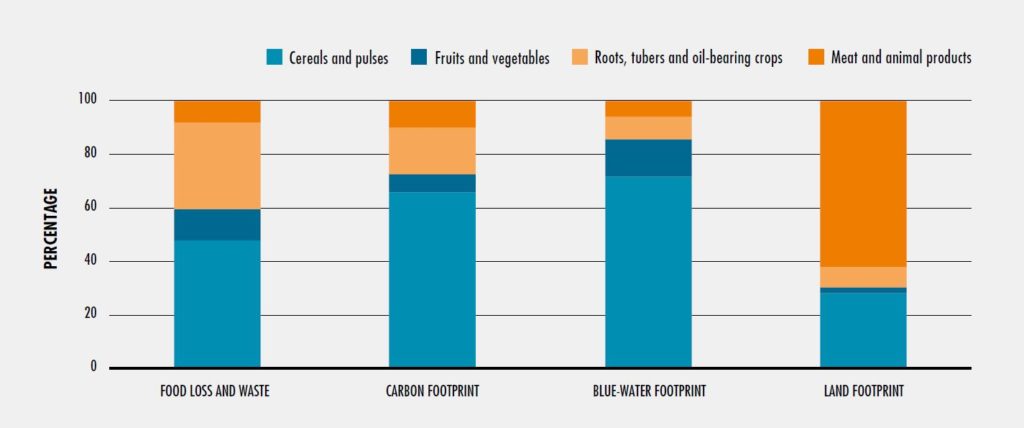
Reducing carbon footprint
Between 21% and the 37% of total anthropogenic greenhouse gas emissions are due to pre- and post-production activities in the global food system, and 8-10% are caused by global food loss and waste (2010-2016), warns the IPCC Special Report on Climate Change and Land. At the same time, climate change is exerting even higher pressure on land and water, which are already undergoing human pressure, as a result of the rising population and well-being that lead to increased demand for agricultural products by 35-50 percent between 2012 and 2050, according to FAO. Addressing food loss and waste is included by the IPCC among both adaptation and mitigation response options, as they help reduce the land area needed for food production while contributing to lower GHG emissions per unit of food consumed.
Focusing on the mitigation of GHG emissions caused by food loss and waste, if the question is about where in the supply chain it is better to act, interventions at the consumption stage will have the biggest effect. Indeed, as the apple moves along the supply chain, it incorporates all GHG emissions of the previous stages and cumulative emissions increase. An apple wasted at the retail stage has a larger carbon footprint than an apple lost on-farm. Differently, interventions to lower land and water impacts are most effective in the early stages of the supply chain and in geographic proximity to the environmental impact.
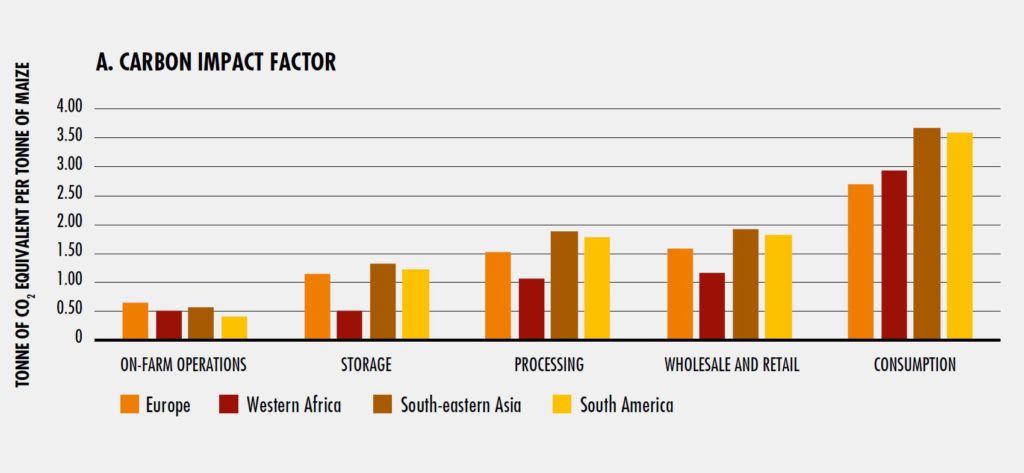
Addressing trade offs
When designing policies for reducing food loss and waste it is crucial to define the environmental priorities and to minimize possible trade-offs that can emerge between different environmental objectives. For example, improving packaging can allow food to reach the latest stage of the supply chain intact, thus reducing loss and waste; but packaging has environmental and climate impacts linked to its production and disposal.
Moreover, FAO’s report highlights, although food loss and waste reduction allows more food to reach consumers while using the same amount of resources, the overall environmental impact of such actions will not necessarily be less. Global effects on natural resource use and GHG emissions depend on how food prices and – consequently – the demand and supply of food are influenced by the applied interventions.




